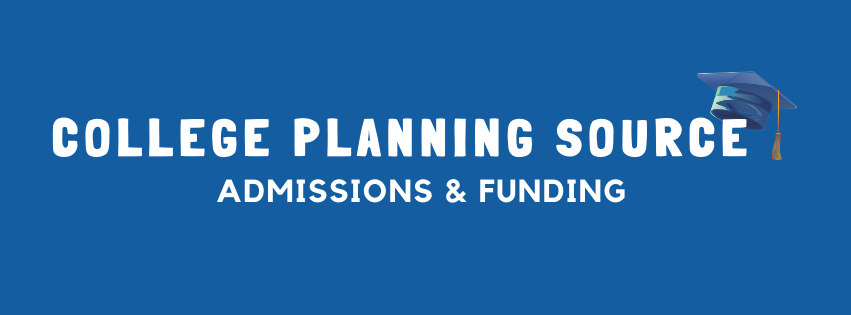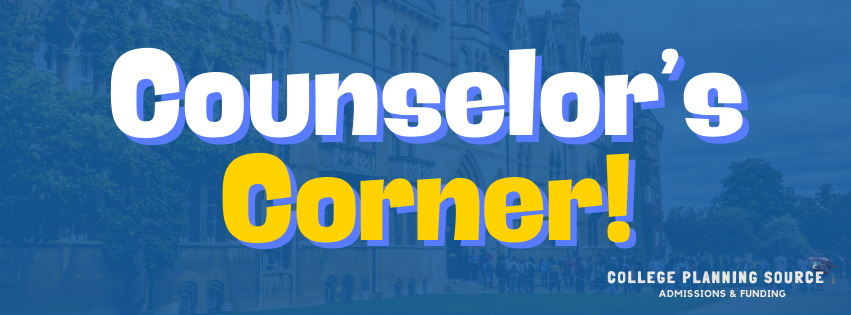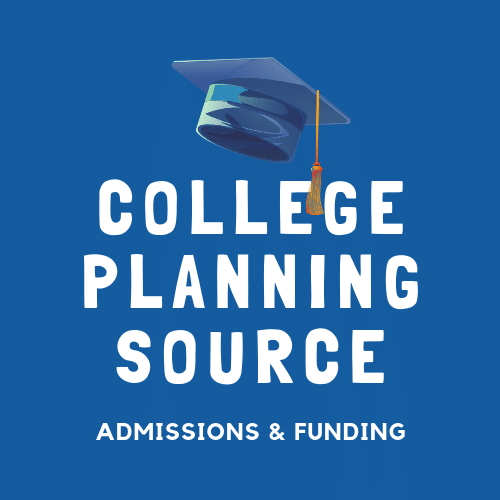-
Exploring and Selecting Colleges
- Admissions Stats
- Building a Balanced & Final College List to Apply to
- College Campus Visits
- Community College Pathway
- Demonstrated Interest
- Top Questions to Ask Pre-Med College Advisors/Counselors
- Top Questions to Ask the Department You’re Interested in Majoring In
- Top Questions to ask the Pre-Law College Advisors or Counselors
- Western Undergraduate Exchange (WUE) Program Schools
- Campus Visits - How to make the most of them
- Honors Programs at Colleges
- How to Create a Balanced College List
- College Spotlight: University of Wisconsin
- Understanding Early Action, Early Decision, and Restrictive Early Action: Making the Right Choice
- Researching Colleges: Tools to use to learn more about each college on your list.
- How to Sign Up for College Tours: In-Person and Virtual Options
- Visiting Colleges And Discovering a Hidden Gem
- Show all articles (2) Collapse Articles

Choosing a pathway after high school is a pivotal decision for many students. While attending a four-year university directly after high school is traditionally seen as the standard route, an increasing number of students are considering community college as a viable and strategic option. This article explores why high school graduates might pursue community college, the benefits of this choice, and factors to consider when deciding on this pathway.
Why Choose Community College?
Cost Effectiveness
One of the most compelling reasons to choose community college is the cost. Tuition at community colleges is significantly lower than at four-year institutions, allowing students to save on tuition fees while taking the same general education courses required in the first two years at a university.
Flexibility
Community colleges often offer more flexible scheduling options than traditional four-year universities, including evening classes and part-time enrollment. This flexibility is ideal for students who need to work while attending school or who prefer a less traditional schedule.
Smaller Class Sizes
Community colleges typically have smaller class sizes, which can result in more personalized attention from instructors and a better educational experience overall. This setting can be particularly beneficial for students who thrive in a more intimate learning environment.
Career and Technical Education
Many community colleges offer career and technical education programs that are directly aligned with local workforce needs. These programs provide practical, hands-on training in a variety of fields, allowing students to prepare for specific careers in less time than it would take to earn a bachelor’s degree.
Benefits of Attending Community College
Transfer Agreements
Many community colleges have articulation agreements with local and state universities, guaranteeing that credits earned will transfer seamlessly and count towards a bachelor’s degree. This pathway ensures that students can start their education at a community college and then transfer to a four-year university with junior status.
Testing the Waters
Community college can be a great option for students who are undecided about their major. It allows them to explore different fields without the high financial stakes of university tuition. This can be a strategic move, particularly for students who are unsure about their career paths.
Support Services
Community colleges offer robust student support services, including counseling, tutoring, and career services. These resources are designed to help students succeed academically and prepare for their future careers or further education.
Factors to Consider
Academic Goals
Students should consider their long-term academic and career goals. If a student’s chosen field requires a bachelor’s degree or higher, starting at a community college can be a smart, cost-effective way to begin this journey.
Transferability of Courses
While many courses at community colleges are designed to transfer to four-year institutions, not all courses or credits may transfer. Students must research and plan their courses with the help of an advisor to ensure their credits will count towards their bachelor’s degree at their intended university.
Campus Resources
While community colleges offer many support services, the range and scope of resources can vary widely between schools. Prospective students should investigate the resources available at their local community college and compare them to their needs and expectations.
Social Considerations
Community college campuses typically have a different social environment than four-year universities, often with less emphasis on campus life and extracurricular activities. Students seeking a traditional college experience, complete with dorm living and a vibrant campus community, might find this aspect lacking.
Community college is a viable, strategic, and often advantageous path for many high school graduates. It offers financial, academic, and flexible benefits that are particularly appealing in today’s educational landscape. Students considering this option should weigh their personal and educational goals carefully, consult with academic advisors, and choose a path that aligns with their long-term objectives. Whether transitioning to a four-year university later or entering the workforce with a degree or certificate, community colleges offer a strong foundation for future success.
Ready to get some guidance? Schedule a College Planning Assessment today!
Want college planning guidance delivered to you?
Sign up for our Counselor’s Corner Newsletter to receive helpful information and tips for
both parents and students on navigating the college admissions journey.



